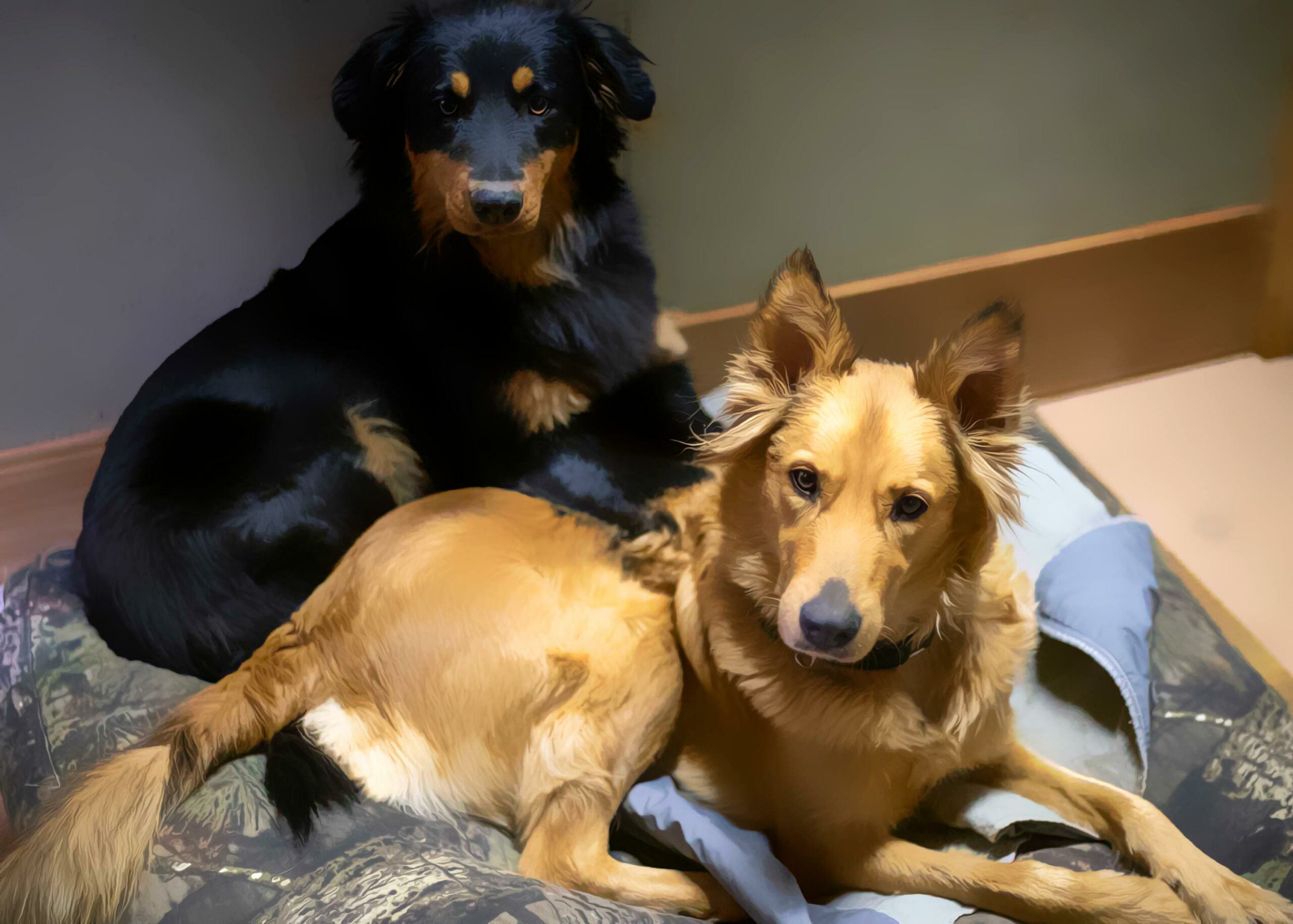This form can be used by trainers, behaviorists, or researchers to assess a dog’s social competence in relation to human interactions.
Canine Hearing Ability and Auditory Perception
When we think of a dog’s sense, it’s often their sense of smell that first comes to mind. However, a dog’s hearing ability is equally impressive and vital for their survival and adaptability. Their hearing system has evolved to optimize predation and effectively localize sounds produced by likely prey species such as small rodents. … Read more
